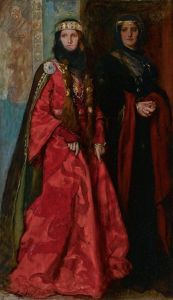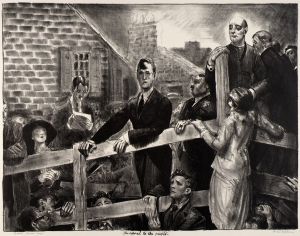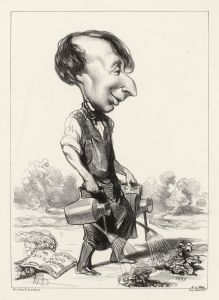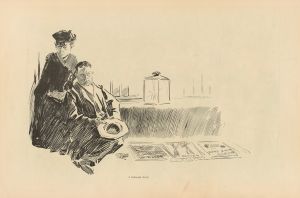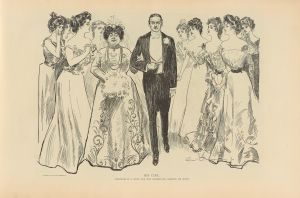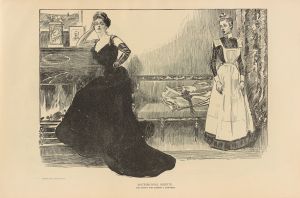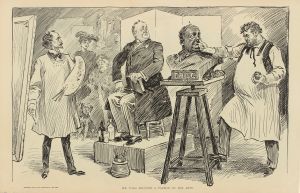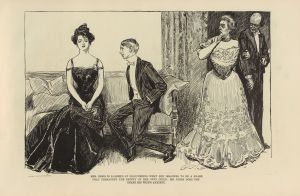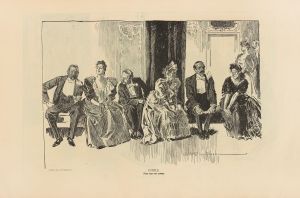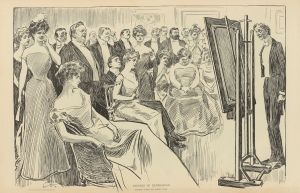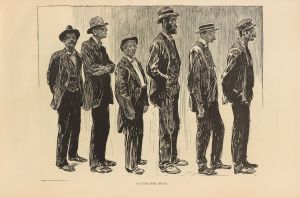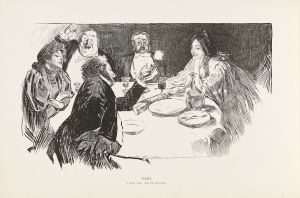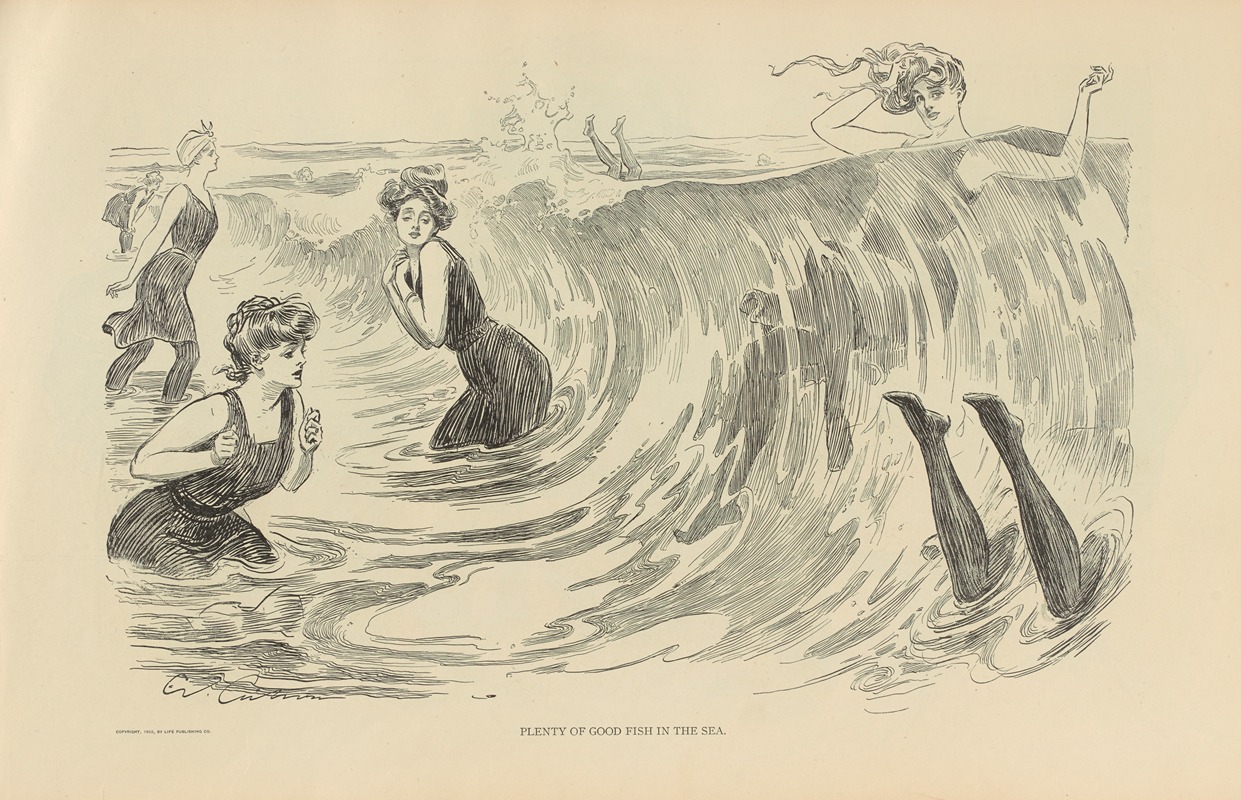
Plenty of good fish in the sea
A hand-painted replica of Charles Dana Gibson’s masterpiece Plenty of good fish in the sea, meticulously crafted by professional artists to capture the true essence of the original. Each piece is created with museum-quality canvas and rare mineral pigments, carefully painted by experienced artists with delicate brushstrokes and rich, layered colors to perfectly recreate the texture of the original artwork. Unlike machine-printed reproductions, this hand-painted version brings the painting to life, infused with the artist’s emotions and skill in every stroke. Whether for personal collection or home decoration, it instantly elevates the artistic atmosphere of any space.
Charles Dana Gibson was an influential American illustrator best known for his creation of the "Gibson Girl," an iconic representation of the American woman at the turn of the 20th century. One of his notable works, "Plenty of Good Fish in the Sea," reflects his signature style and thematic focus on social commentary through art.
"Plenty of Good Fish in the Sea" is a black-and-white illustration that exemplifies Gibson's keen eye for detail and his ability to capture the nuances of human interaction. The artwork typically features a scene that humorously depicts the social dynamics and romantic entanglements of the era. Gibson's illustrations often explored themes of courtship, gender roles, and societal expectations, and this piece is no exception.
The title "Plenty of Good Fish in the Sea" is a proverbial expression suggesting that there are many potential partners available, often used to console someone who has experienced a romantic disappointment. In Gibson's illustration, this saying is brought to life through a visual narrative. The artwork might depict a young woman surrounded by admirers, symbolizing the abundance of romantic opportunities. This aligns with Gibson's recurring theme of the independent and desirable "Gibson Girl," who was often portrayed as being at the center of attention and possessing a sense of autonomy and allure.
Gibson's work was widely published in popular magazines of the time, such as Life, Harper's Weekly, and Scribner's, which helped cement his reputation as a leading illustrator. His illustrations were not just artistic expressions but also social commentaries that resonated with the public. They provided a lens through which the complexities of social interactions and the evolving roles of women in society could be examined.
The "Gibson Girl" became a cultural phenomenon, representing the idealized American woman who was both beautiful and independent. This character challenged the traditional roles of women and reflected the changing attitudes of the early 20th century. Gibson's ability to capture this shift in societal norms contributed significantly to his popularity and the lasting impact of his work.
"Plenty of Good Fish in the Sea," like many of Gibson's illustrations, is characterized by its clean lines, attention to detail, and the subtle humor that underpins the social scenarios depicted. His work remains a valuable historical record of the cultural and social dynamics of his time, offering insights into the aspirations and challenges faced by individuals in the early 1900s.
Overall, Charles Dana Gibson's "Plenty of Good Fish in the Sea" is a testament to his skill as an illustrator and his ability to encapsulate the spirit of an era through his art. His work continues to be studied and appreciated for its artistic merit and its reflection of the societal changes of the period.





